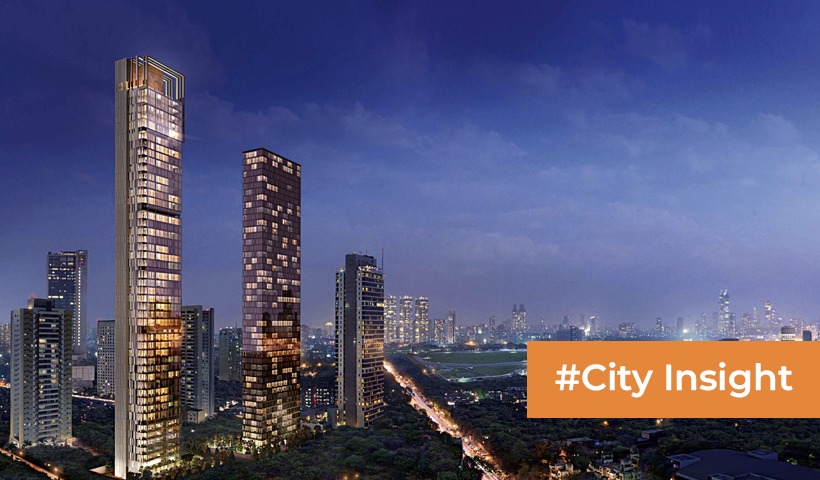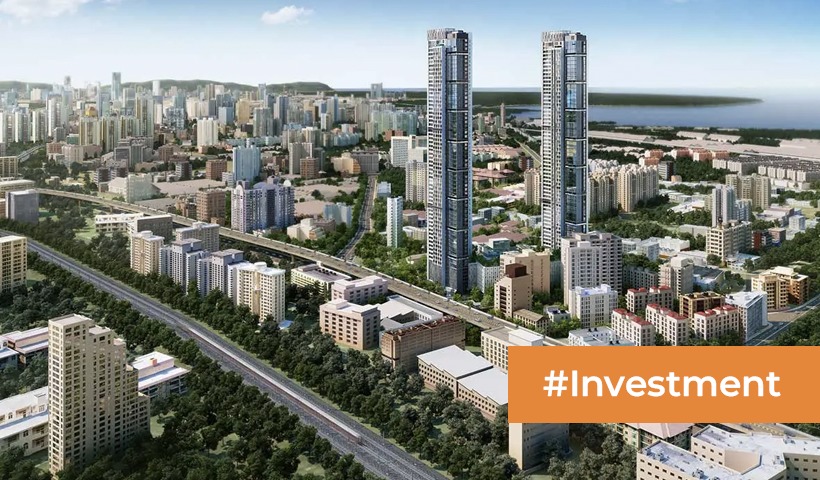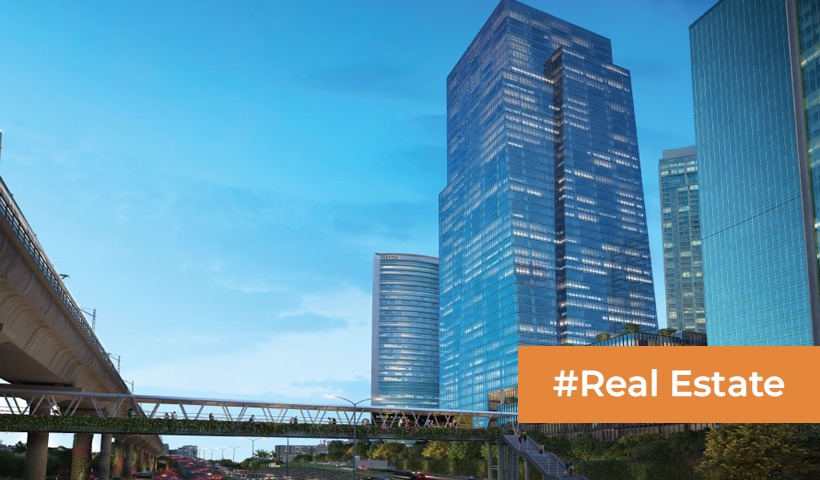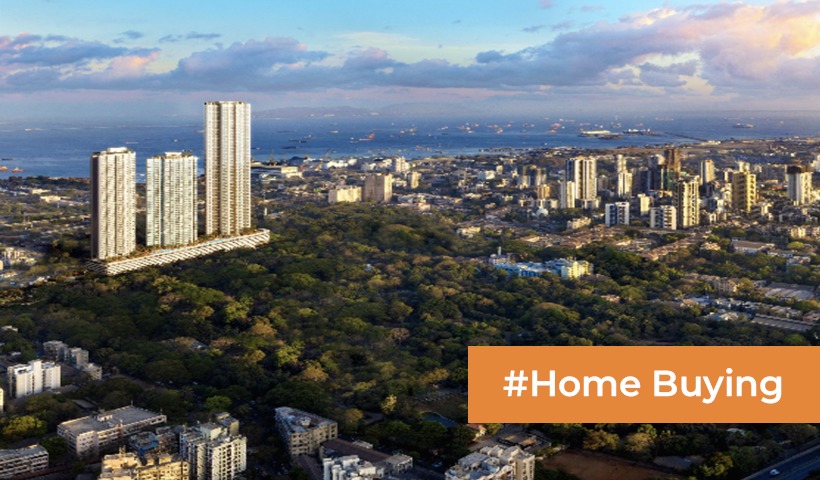The Evolution from Opulence to Functionality: Tracing Mumbai’s Architectural Narrative!
Mumbai, a city of dreams and contrasts, has witnessed a remarkable architectural journey over the decades. From opulent colonial-era structures to contemporary functional designs, the city’s architecture reflects its dynamic history and changing societal needs. This article explores the fascinating shift in Mumbai’s architectural focus from opulence to functionality, capturing the essence of its urban transformation.
Colonial Grandeur
Mumbai’s architectural heritage is deeply rooted in its colonial past. The British Raj left an indelible mark on the cityscape, characterized by grand edifices such as the Chhatrapati Shivaji Terminus (formerly Victoria Terminus) and the Bombay High Court. These opulent structures showcased intricate detailing, Gothic and Victorian influences, and a sense of imperial authority. Such architectural marvels stood as a testament to opulence, embodying the aspirations of the colonial rulers.
Art Deco Marvels
The mid-20th century witnessed a departure from the ornate opulence of the colonial era towards a more streamlined and functional architectural style. Mumbai’s Art Deco heritage, particularly prominent in the Marine Drive and Oval Maidan areas, showcased a shift towards simplicity, geometric shapes, and clean lines. This era of architecture prioritized functionality while embracing modern aesthetics, reflecting the changing societal values of the time.
Modernization and Functionalism
As Mumbai evolved into a bustling metropolis, architectural priorities shifted towards addressing the city’s rapid urbanization and growing population. Functionality became paramount as high-rises, commercial complexes, and housing projects emerged to accommodate the city’s diverse needs. The emphasis on efficient space utilization, innovative designs, and sustainable materials marked a departure from opulence in favor of practicality and adaptability.
Sustainable Urban Planning
In recent years, Mumbai’s architectural narrative has further evolved to incorporate sustainable practices and community-centric designs. The need for eco-friendly solutions, energy efficiency, and green spaces has reshaped the city’s skyline. Architectural projects now integrate renewable energy sources, rainwater harvesting systems, and vertical gardens, reflecting a shift towards holistic urban planning that balances functionality with environmental stewardship.
Balancing Old and New
Mumbai’s architectural journey is a testament to its ability to blend the old with the new. The city’s iconic landmarks stand alongside modern skyscrapers and innovative structures, creating a unique juxtaposition of architectural styles. This harmonious coexistence mirrors the city’s multicultural essence, where tradition and progress intersect to shape Mumbai’s urban fabric.
Mumbai’s architectural transformation from opulence to functionality is a captivating reflection of its ever-changing identity. From colonial-era grandeur to modern sustainable designs, the city’s architecture embodies its historical evolution and societal values. As Mumbai continues to grow and adapt, its architectural story remains a testament to its resilience, creativity, and ability to shape its physical landscape in response to the demands of the present and the aspirations of the future.
Disclaimer: The views expressed above are for informational purposes only based on industry reports and related news stories. PropertyPistol does not guarantee the accuracy, completeness, or reliability of the information and shall not be held responsible for any action taken based on the published information.




